News Release
Date: June 28, 2021
Contact: NewsMedia@nps.gov
WASHINGTON – National parks, historic homes, websites, songs, oral histories and more can be discovered on the National Park Service’s African American Civil Rights Network, which welcomed 10 new resources this week. The network makes connections across public and private organizations to honor and preserve the people and stories of the civil rights movement and educate the public about its diverse and complex stories.
“The African American Civil Rights Network is a unique preservation program that brings together both tangible and intangible resources to tell a more complete narrative of the civil rights movement in America,” said NPS Deputy Director Shawn Benge. “We welcome and encourage prospective members to submit applications to join this growing network of culturally significant resources.”
The NPS accepts applications on a rolling basis from individuals and organizations associated with the African American civil rights movement. Details about the application and review process are available online.
Discover the New Network Members
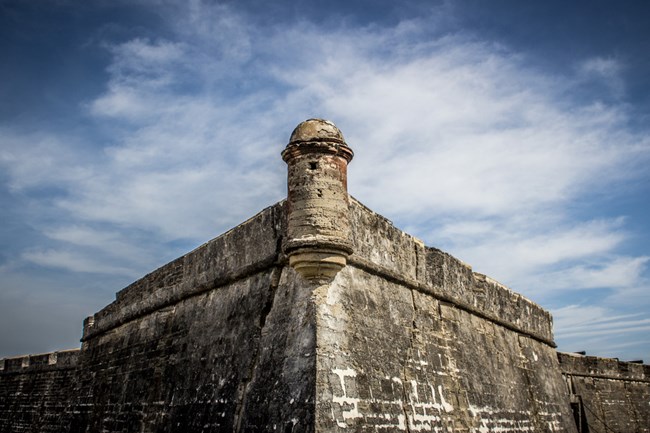
NPS photo
Florida
Castillo de San Marcos National Monument
During the height of the modern civil rights movement, St. Augustine, Florida, was selected in 1964 by Dr. Martin Luther King Jr. and the Southern Christian Leadership Conference as a target city for civil rights activities. Activists obtained permits from the NPS to use the Castillo as a meeting place for demonstrations. The grounds served as a backdrop to several meetings and served as a safe assembly place for activists.
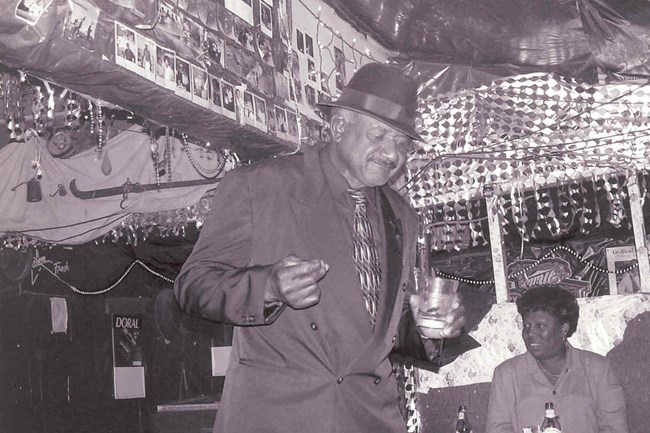
Mississippi Delta National Heritage Area / Suili Yi
Mississippi
Mississippi Delta National Heritage Area at the Delta Center for Culture and Learning
The Mississippi Delta National Heritage Area (MDNHA) is the land where the Blues began, where rock 'n' roll was created, and where Gospel remains a vibrant art. A recently launched web-based Mississippi Delta Civil Rights Heritage Archive is now available and illustrates the various ways the MDNHA has expanded its community efforts to collaborate with both local and national organizations to “interpret, preserve, and commemorate civil rights heritage in the region.”
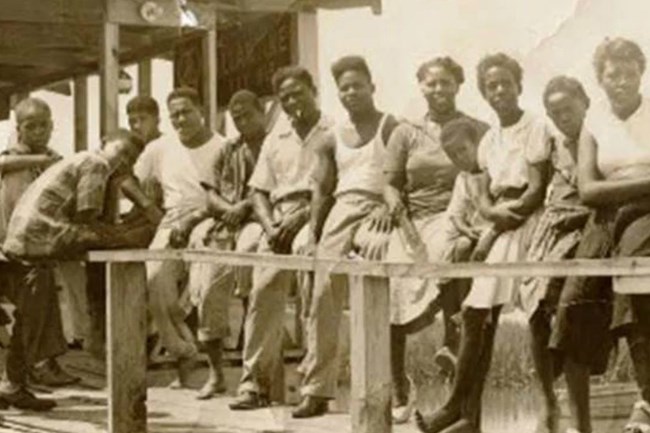
Image courtesy of Cubby Wilder
South Carolina
Mosquito Beach Historic District
Between 1920 and 1940, Mosquito Beach became a thriving tourist destination. Despite Jim Crow segregation, Mosquito Beach came to serve as one of six Black beaches in Charleston, South Carolina. Black visitors to nearby Folly Beach, then considered to be “whites only,” were met with harassment, even following the passage of the Civil Rights Act of 1964. Not until the early 1970s did many of the Charleston beaches begin to desegregate and brought an increase in new local businesses and attractions.
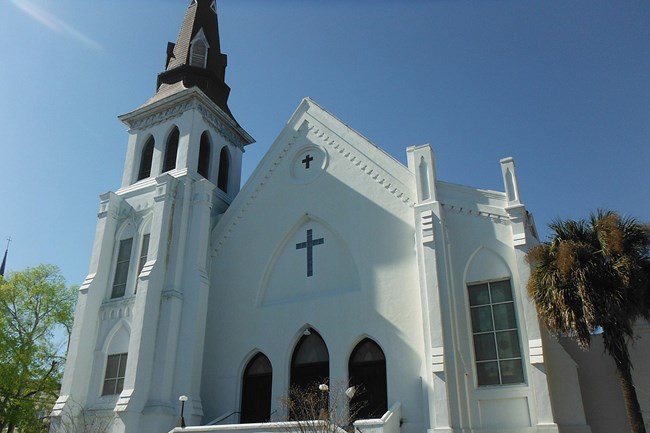
Image courtesy of EvanGuthrie, Wikimedia Commons
Emanuel African Methodist Episcopal (AME) Church in Charleston, South Carolina, is the oldest AME church in the South and houses the oldest Black congregation south of Baltimore, Maryland. The history of this congregation reflects the development of religious institutions for African Americans in Charleston. Its roots stem from a religious group of both enslaved and free African Americans organized in 1791.
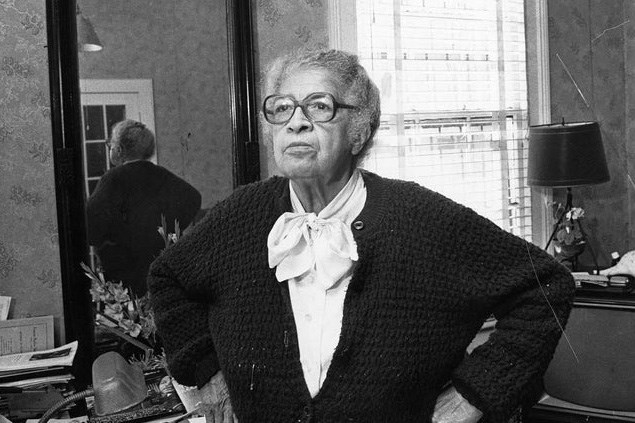
Image courtesy of Ginger Pinson, The State Newspaper Photograph Collection, Richland Library
Modjeska Monteith Simkins made a substantial impact on public health reform, social reform, and the civil rights movement in South Carolina, using her home as an office, meeting place, and lodging for civil rights associates. While serving as secretary of the South Carolina NAACP, she helped the state move towards racial equality. Simkins helped write the declaration for the school lawsuit that asked for the equalization of Clarendon County Black and white schools, which laid the foundation for the declaration later used in the Supreme Court case of Brown v. Board of Education.
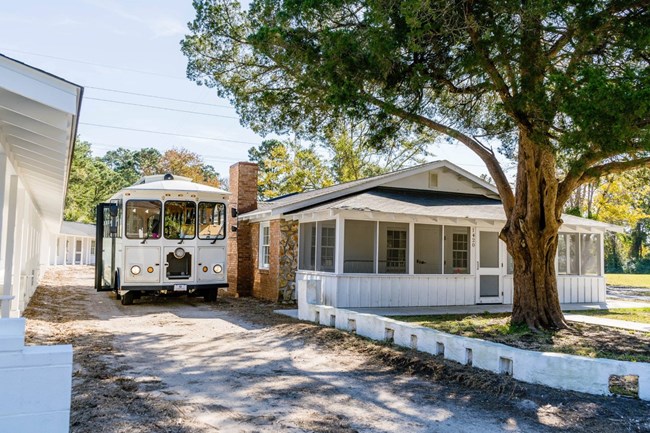
Image courtesy of the City of Myrtle Beach
Charlie and Sarah Fitzgerald opened Charlie’s Place in 1937 and it became a bustling pillar of business and Black nightlife through the 1960s that provided Black laborers, professionals, and locals a safe space to enjoy themselves and was included in the 1953 Green Book Airline Edition. In August 1950, Charlie’s Place was targeted by members of the Ku Klux Klan, injuring numerous patrons and Mr. Fitzgerald. Thurgood Marshall’s legal representation in the case resulted in the Klansmen being charged, however they were never prosecuted.
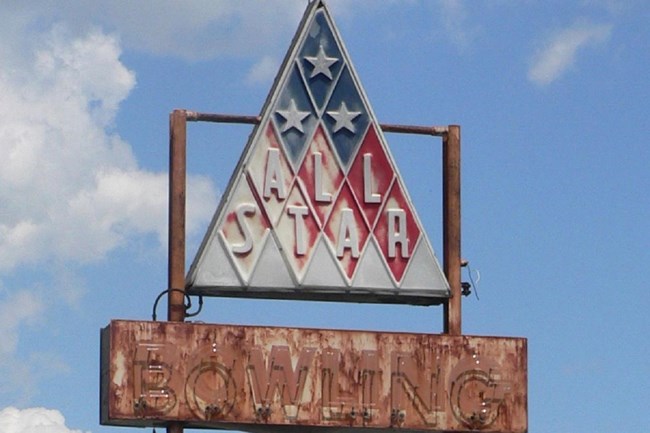
Image courtesy of Ammodramus, Wikimedia Commons
The tragedy known as the “Orangeburg Massacre” was historically connected to the All Star Bowling Lanes. Despite the passage of the Civil Rights Act in 1964, All Star Bowling Lanes in Orangeburg, South Carolina, continued operating as a segregated facility, claiming that bowling lanes did not fall under the law’s jurisdiction. In February 1968, students from nearby South Carolina State and Claflin University, began conducting peaceful demonstrations at the lanes and surrounding area. Students peacefully sang and gathered at SC State’s entryway when nine patrolmen fired on the group of students. Twenty-eight men and women were wounded in total. Three students died from gunshot wounds.
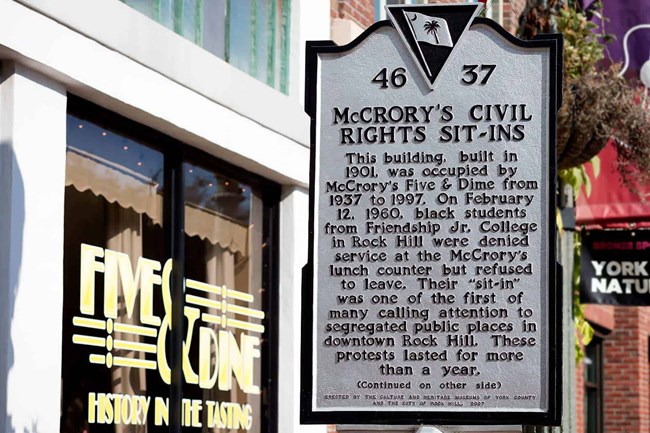
Image courtesy of the U.S. Civil Rights Trail
Inspired by the stand for equality displayed by the “Greensboro Four,” Black students from Friendship Junior College staged their own sit-in demonstrations at McCrory’s Five and Dime and several other businesses in Rock Hill, South Carolina. Demonstrations began on February 12, 1960, with nine students, and continued for nearly a year with participation from an estimated 100 Friendship students. Further demonstrations and arrests followed throughout the United States, spurring national politicians to pass the 1964 Civil Rights Act.
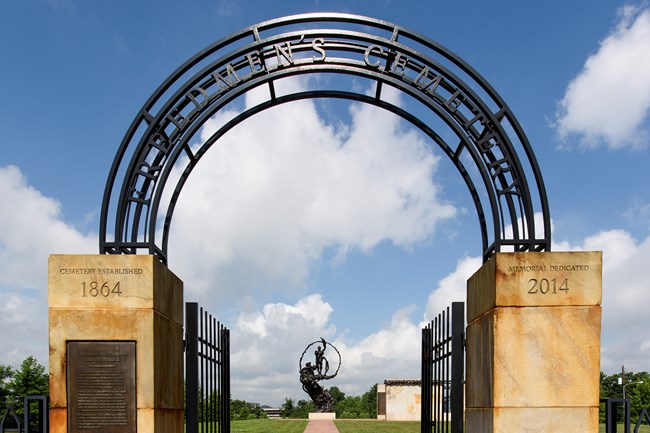
Image courtesy of the City of Alexandria
Virginia
Contraband and Freedmen Cemetery
At the height of the Civil War, self-emancipated African Americans fled to various cities seeking freedom, education, and opportunity, though they were continually met with the horrors of racism and segregation. The Contraband and Freedmen Cemetery in Alexandria, Virginia, is the resting place of more than 1,700 African Americans and is not only a reminder of the harsh reality of American chattel slavery but of the continued crimes against Black lives in subsequent generations. The memorial site has routinely served as a place of gathering, reunion, and protests with one of the most recent being a Black Lives Matter demonstration in 2020.

Image courtesy of the Association of African American Museums
Washington, D.C.
Association of African American Museums
The Association of African American Museums (AAAM) is a nonprofit organization established in the late 1970s as the sole representative and voice of the African American Museums Movement. The AAAM’s origins can be traced to the Black Museum and Black Power Movements of the 1960s. Its primary focus is challenging the misrepresentation and miseducation of African/African American studies in schools and other public media.
Connect with the African American Civil Rights Network. The continuing struggle for racial equality is told through a collection of powerful historical resources that commemorate, honor, and interpret lesser-known figures of the civil rights movement. The AACRN is composed of properties, programs, and facilities that reflect the reality of the African American civil rights movement, as African Americans and their allies fought for justice and to end segregation and disenfranchisement across the U.S.
About the National Park Service. More than 20,000 National Park Service employees care for America's 423 national parks and work with communities across the nation to help preserve local history and create close-to-home recreational opportunities. Learn more at www.nps.gov, and on Facebook, Instagram, Twitter, and YouTube.
Last updated: June 28, 2021
